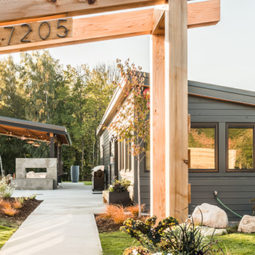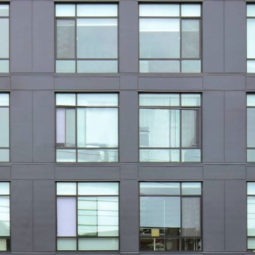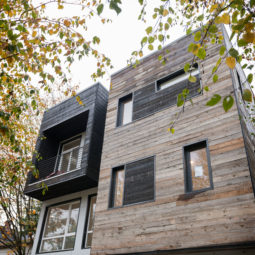A response to the “should we certify” conundrum:
By Mona Lemoine
What was once an aspiration of a few innovators in isolated industries is
now part of our day-to-day lives. People around the country and particularly
in the Cascadia bioregion desire leadership and sustainability in how we
design, construct, operate and maintain the buildings where we live and
work. Green building has become part of our vernacular. And LEED helped us
get here.
The private sector increasingly uses LEED certification as a measure of not
only greenness, but also as a measure of overall quality. That’s why people
repeatedly certify their buildings. That’s why there are more than 17,000
LEED-certified commercial buildings covering 2.6 billion square feet (not to
mention more than 40,000 certified homes). That’s why 88 of the Fortune 100
companies use LEED. It’s this demand for efficiency and quality that drives
the demand for LEED, which has driven green building market growth from 2
percent in 2005 to 44 percent today.
With each newly certified project, LEED broadens the base for the necessary
and wide-scale transformation of our building industry. Thanks in no small
part to LEED, adoption of the Living Building
Challenge is also growing, and with it, projects that bring about local
community benefits, technological advancement, growth in manufacturing,
innovative design and restoration of the environment. LEED is a tool for the
broad adoption of green building practices to reduce the social, human
health and environmental impacts of the built environment and created a
platform for true innovation in the form of the Living Building Challenge,
that aspires for not only sustainability, but the potential for every act of
construction to restore health.
The “just build green, but don’t get LEED-certified” position, presented in
The Oregonian editorial about building West Linn’s new police station, is
neither new nor surprising (“LEED certification is overrated,” July 15). No matter what
the industry, there are those who do not think verification and validation
are important. The reality is that LEED is not a “designer label,” it is
third-party proof that the building owners, in this case Oregon taxpayers,
actually got the green building they paid for. It’s not impossible to build
green without LEED, it’s just unlikely that corners won’t be cut and goals
and objectives missed, which happens every day and everywhere. “Trust me”
from the architect, engineers and contractors is not good enough.
Certification cuts through the greenwashing that is so common in the market
today and ensures that buildings are designed and built to meet an accepted
rigorous standard.
The private sector increasingly uses LEED certification as a measure of not
only greenness, but also as a measure of overall quality.
And just like the employers who hire college graduates instead of applicants
who claim to have learned the same skills, the market increasingly demands
certified buildings because they are verified energy, water and cost savers.
Despite all the evidence in favor of LEED, critics continue to argue that certification is optional, to which we say: Just look at the changes in the green building industry over the past two decades and ask yourself, would today’s nearly mainstream acceptance of and demand for better, healthier, more efficient, lower-impact buildings have been possible if we committed to a “trust me” approach to delivering on these objectives? Could the market support the Living Building Challenge and the transformation toward a living future were it not for LEED?
Oregon taxpayers deserve better than “just trust me.”
Mona Lemoine is the executive director of the Cascadia Green Building Council and vice president of education and events of the International Living Future Institute.
Image courtesy of The Miller Group
« Previous Story Next Story: Green Building Advisor Spotlights Park Passive



